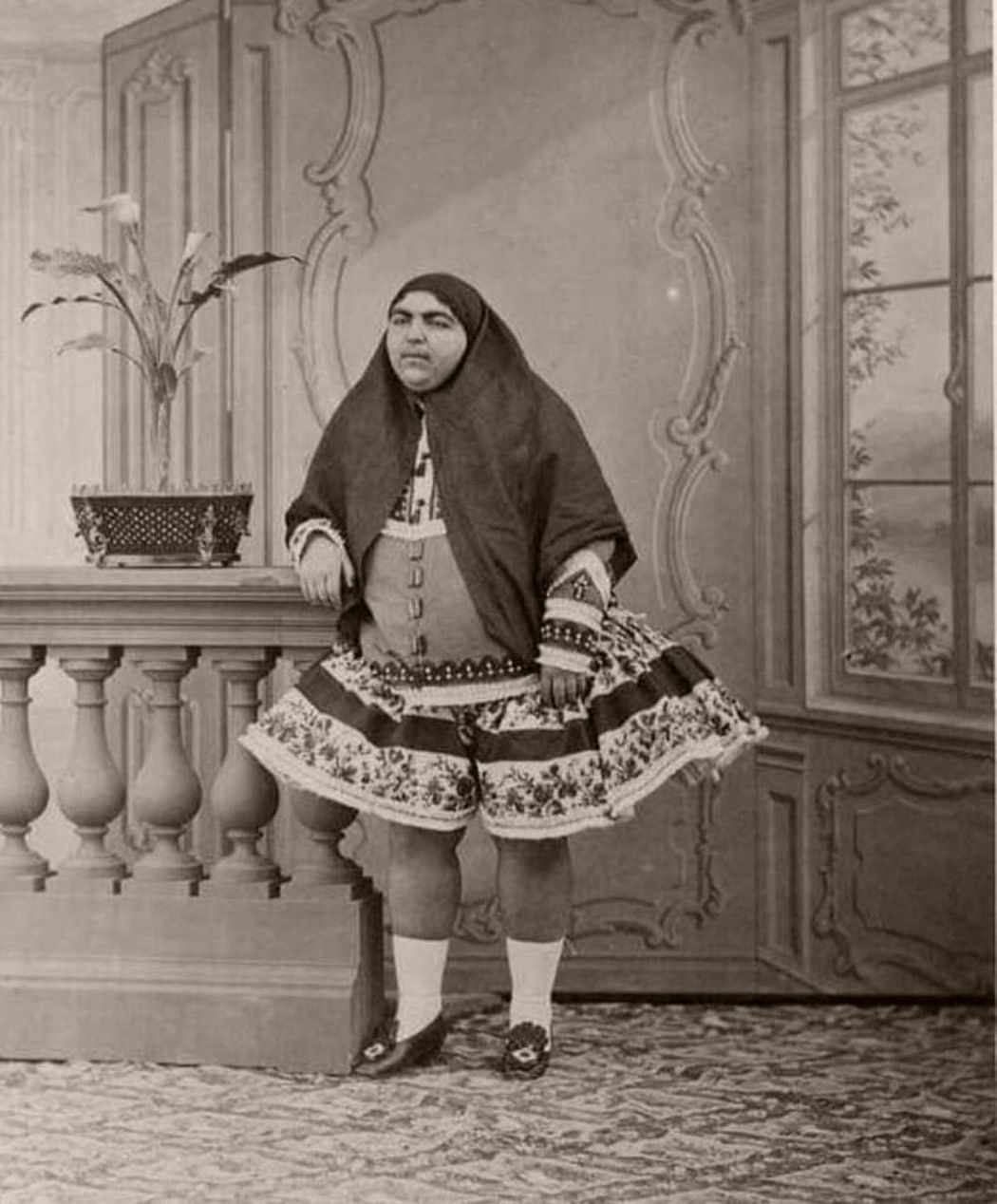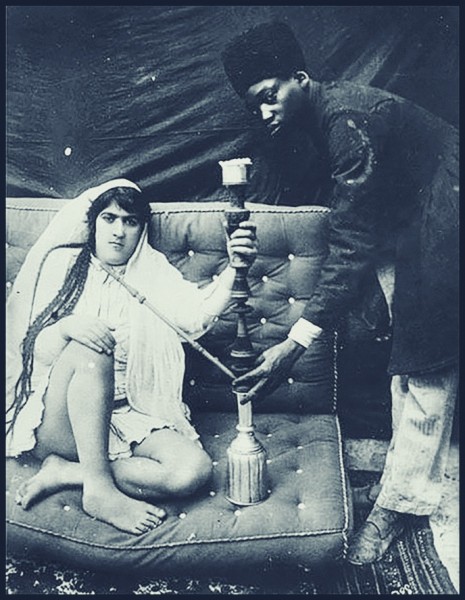She was considered most beautiful as her country’s standards were to have mustaches and to be overweight. She was also way ahead of her time, extremely cultured, was a painter and writer, as well as being divorced, something unusual in this period. Zahra was also a staunch women’s rights activist and memoirist.



There are stories that say the princess would have rejected 145 suitors, and 13 of them took their own lives because of this, however there is no historical record that affirms this fact.



“Too short”, “too skinny”, “too fat”, “too hairy”, “too burly”, “you’re too feminine for a guy”, “you’re too manly for a girl”.
At least once in your life, you may have been told that you’re “too something”. Try to be yourself and you’ll be told dozens of reasons why it’s not considered beautiful or handsome or “right” for your gender.
If you think it’s about time we dispel the conditioning of how men and women should dress and look like, and stop succumbing to beauty standards, here’s something that will help shatter the moulds we’re expected to fit into.







Meet Zahra Khanom Tadj es-Saltaneh (1883-1936), who was desired by men at large. The persian princess was seen as the ultimate symbol of beauty at the time, with a mustache, hairy brows, and a portly frame.
Many yearned for her love and based on a report by Vice, 13 men killed themselves after being rejected by her.
According to The Mind Circle, she had two daughters and two sons with her husband, Amir Hussein Khan, before they got divorced.
And this was Persia in 19 and early 20th century, a time before the age of internet, and the Western beauty standards had little influence in Asia. In the Persian culture, more masculine women were more desirable than what is considered feminine today.



In the writings of the time, female love interests were described as having eyebrows that stretched out and join in the middle. The unibrow, in poems, was compared to a cupid’s bow or the new moon, according to General Introduction to Persian Literature.
If things were the same today, women wouldn’t have to suffer the ordeal of having their eyebrows plucked, threaded, carved out, and painfully chiseled into the “ideal” shape.
Considered to be the epitome of beauty in the 19th century, the princess’ charm was drastically different from what is considered beautiful today. And looks like she used it to lift other women up. Because Zahra Khanom Tadj es-Saltaneh was also quite the badass. She was a prominent feminist face during her time and has helped in pushing women’s rights forward.



From the time we’re little, we are conditioned to stretch ourselves and reach out to the “standards” of beauty. You may even wonder what it would be like if these standards would cease to exist and someday, we’ll all finally learn to be comfortable with our own, unaltered selves. But no, these beauty standards are always there, though they do seem to change over time, as they’re passed on from one generation to the next.
The change in the beauty standards of Iran is a case in point. Afsaneh Najmabadi gave a lecture titled, “Women With Mustaches and Men Without Beards: Gender and Sexual Anxieties of Iranian Modernity,” which showed how the notions of men and women’s beauty has changed over time.







Under the Qajar dynasty (1785 – 1925) in Iran, Afsaneh Najmabadi pointed out that women with heavy brows and faint mustaches were seen as attractive. Sometimes, they would even use mascara to paint in and thicken them. On the other hand, young men without beards were attractive. The idea of male beauty at the time were adolescent men with their first trace of a mustache.
Feeling the glass around you shatter? It’s a refreshing change from the suffocating beauty standards that we have today.